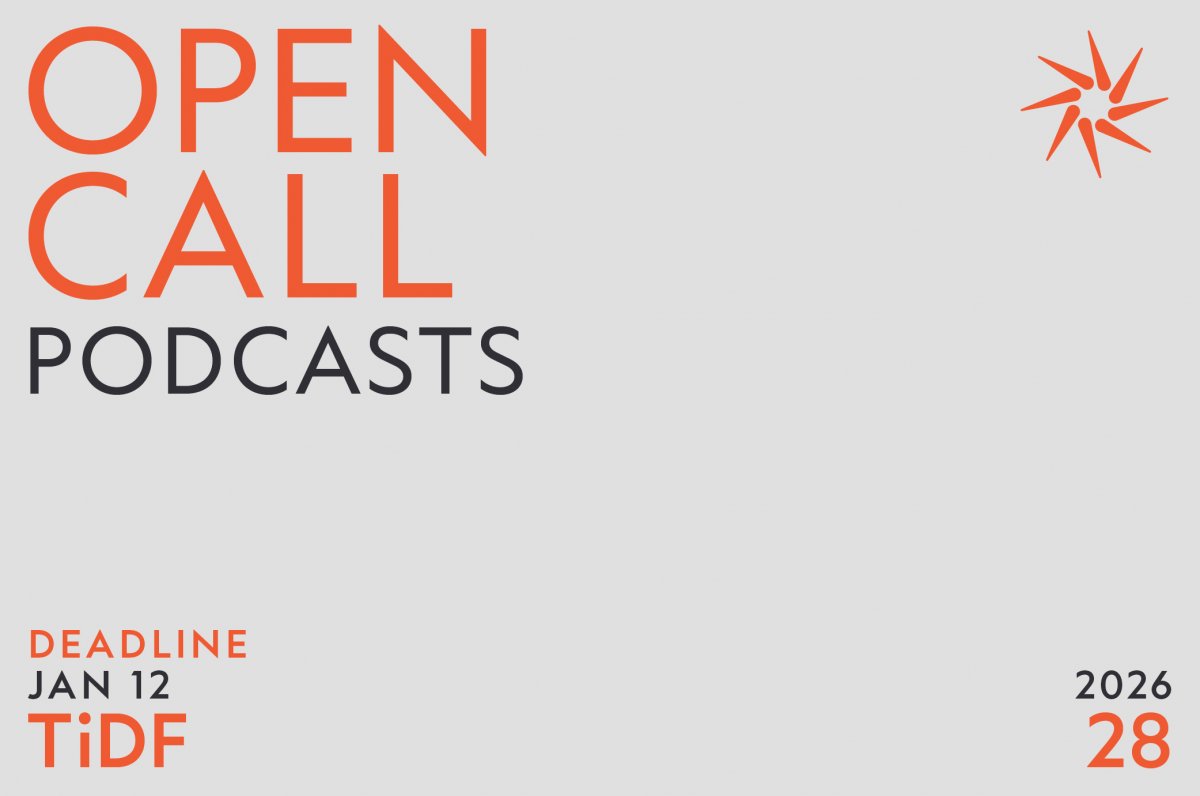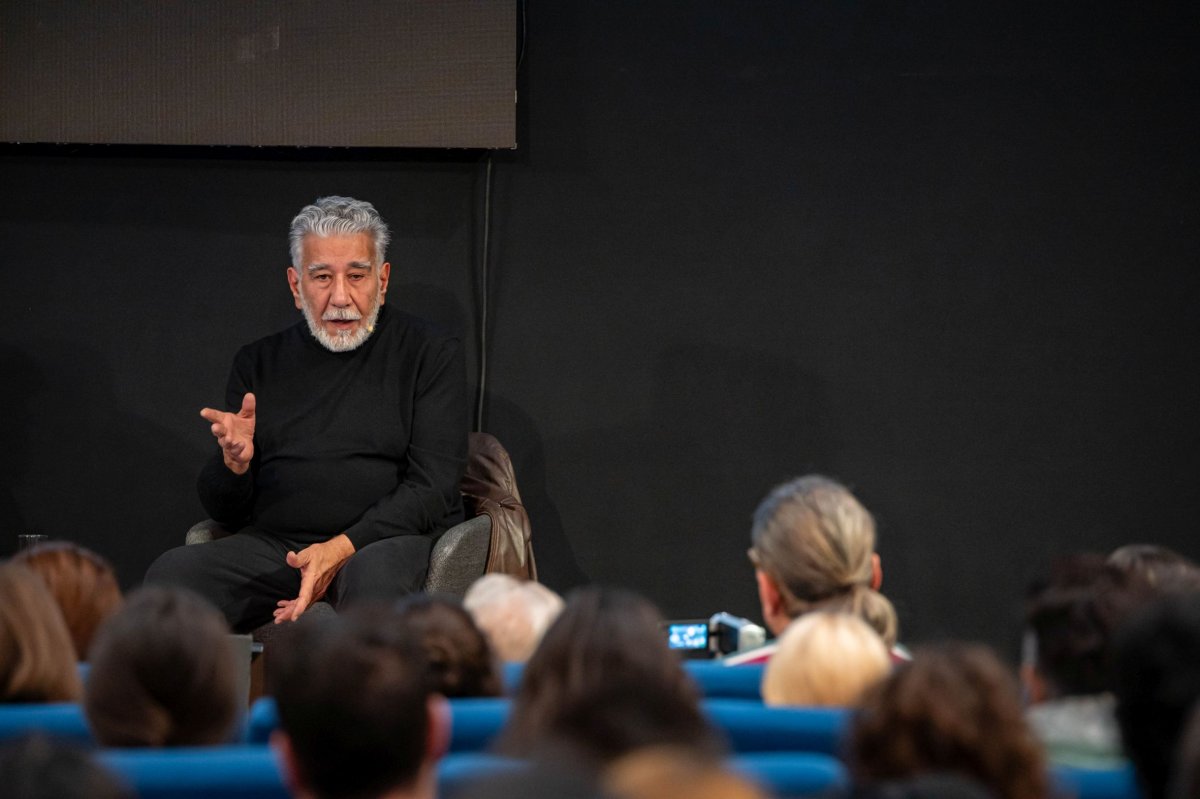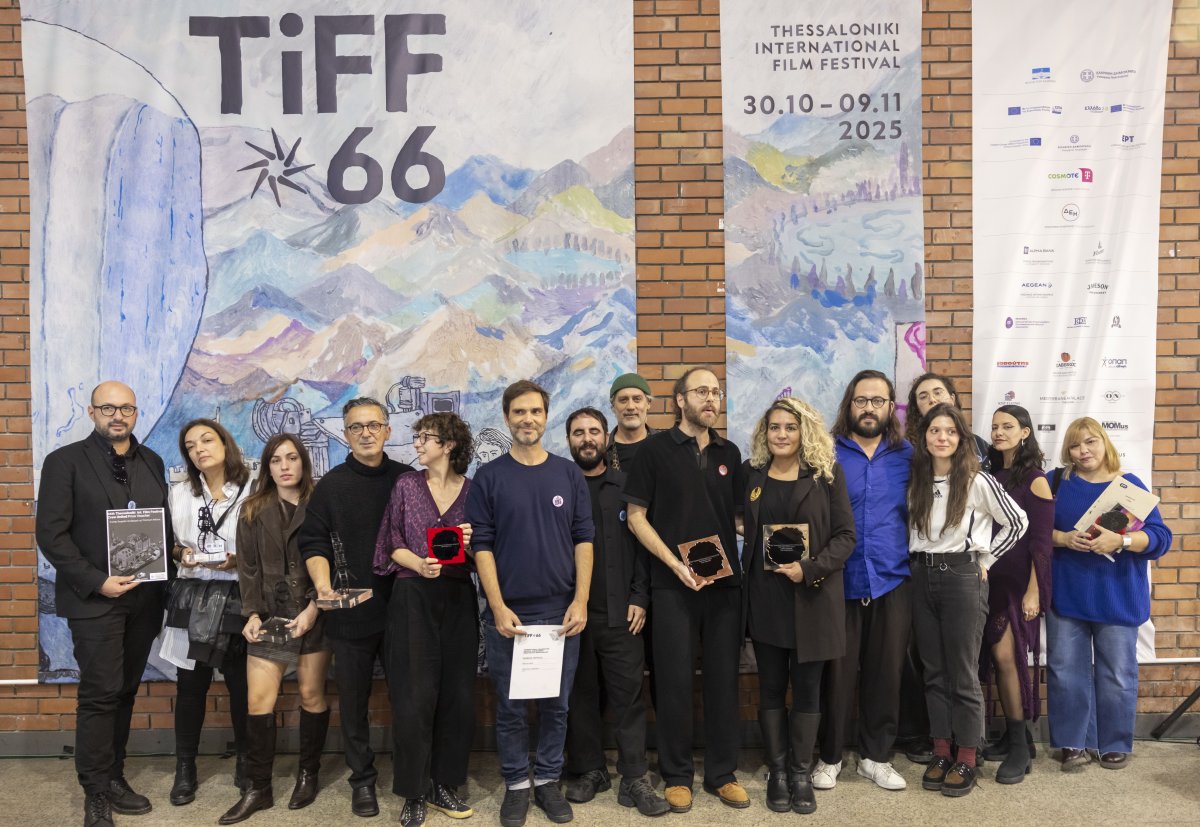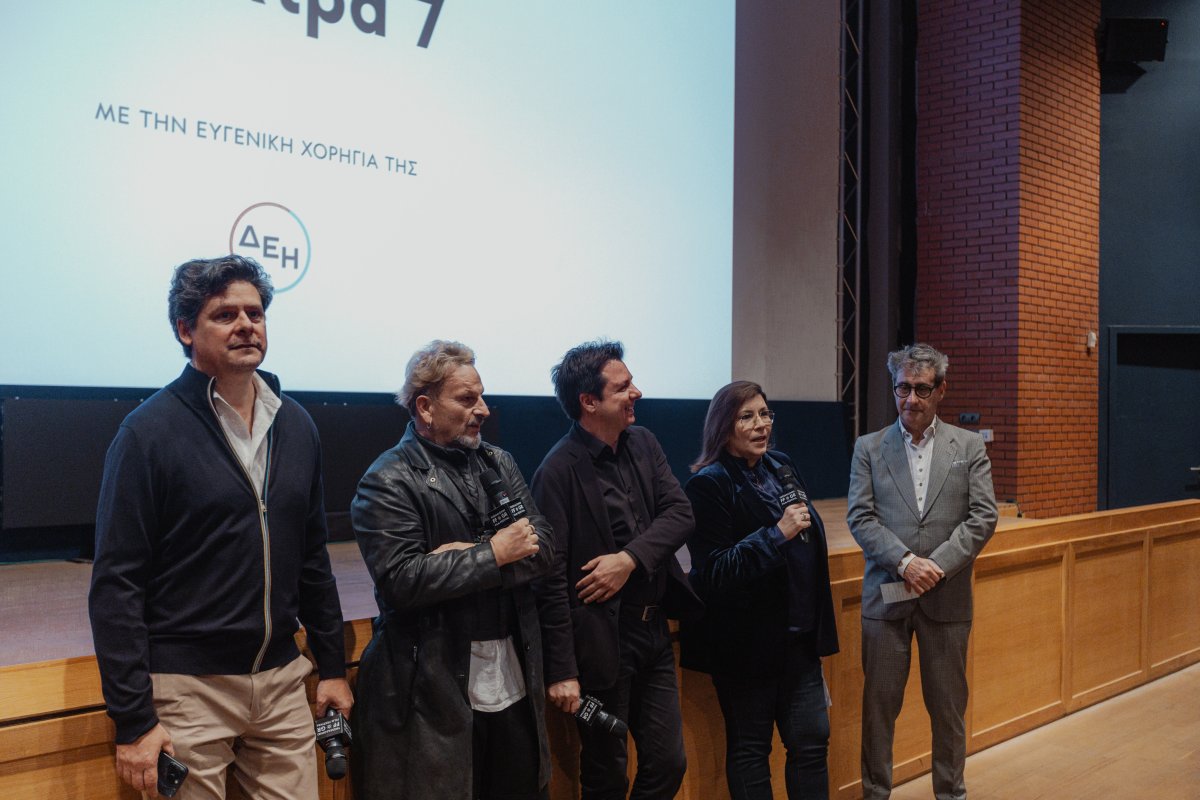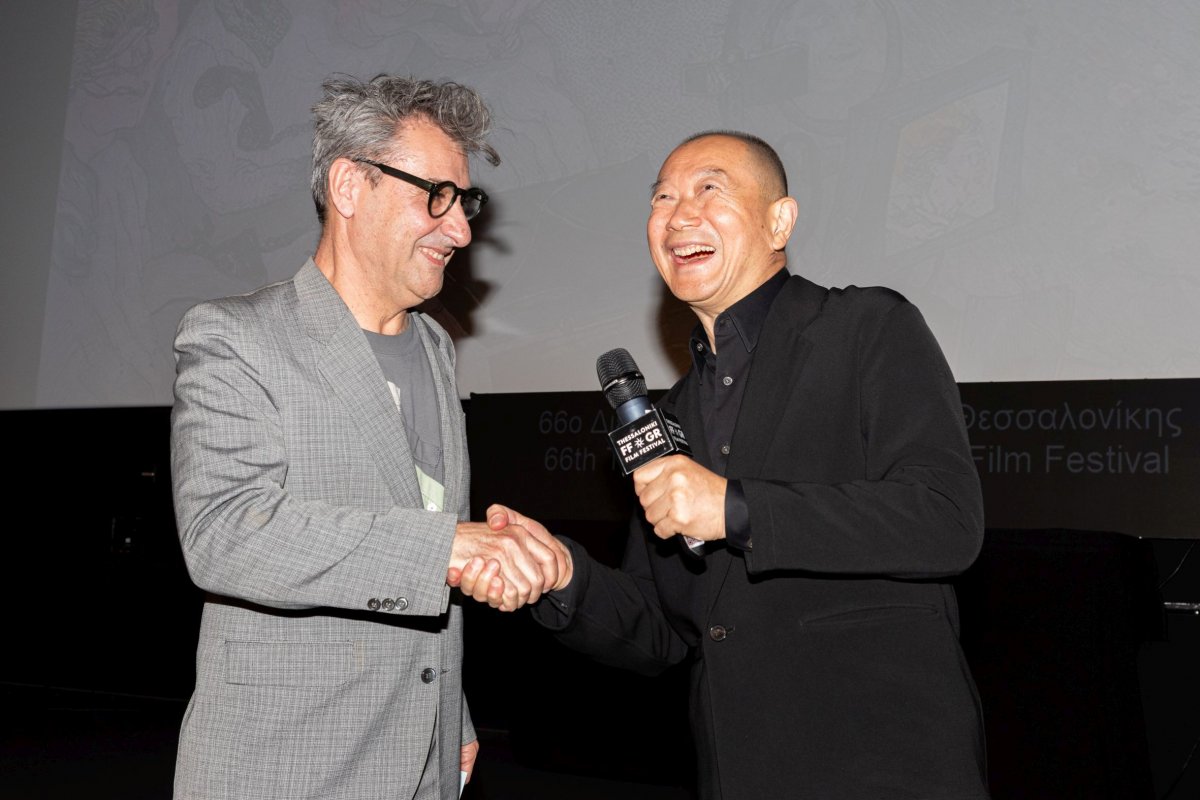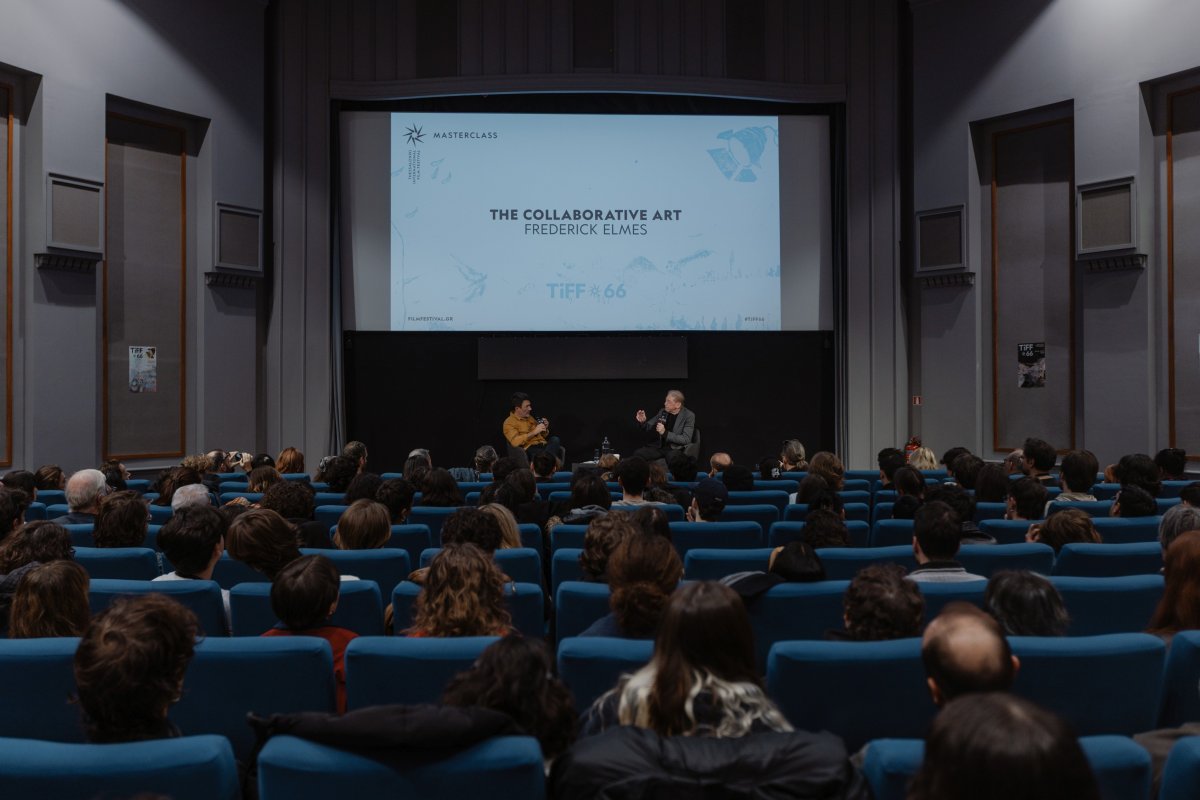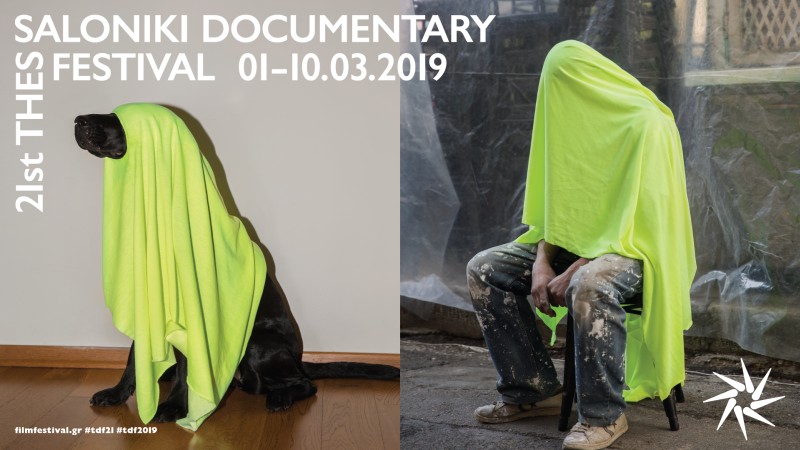Online masterclass with Peter Jäger
Every year Agora invites film specialists to share their practices and expertise with the Festival’s audience. During the online masterclass, supported by EKOME and held on Wednesday June 30th, Peter Jäger reviewed in detail a marketing strategy addressed to documentary producers. Through this strategy you can create marketing tools that would help your documentary acquire a unique yet recognizable identity.
Peter Jäger kicked off his masterclass by saying: “I thank both the Festival and the Agora for having me. We are going to talk about marketing, and a little bit about distribution, things that I find more important. Briefly, I am going to say a few things about me. I come from Belgium. My passion is definitely film. I studied Philosophy and Law. The first ten years after my studies I worked for theatrical distributors in the Benelux. Subsequently, I got more interested in how the global distribution works. I discovered the existence of sales agents, something I found really interesting. I was lucky enough to work alongside some Austrian filmmakers, with whom we founded a company called “AUTLOOK Filmsales”. I did that for ten years, I travelled around the world and I found out how the distribution works, from Japan to North America. I realized that I actually wanted to work with producers, filmmakers and creative teams and devote more time for projects. Therefore, in 2015 I founded Jäger creative, a small company, offering consulting services to filmmakers, producers, film institutes, festivals and markets”.
According to Peter Jäger “marketing a film is actually making a film. I use a very personal method for marketing. I don’t consider myself as an expert in marketing. I have never studied it, but I do know the marketing of a film. This is my passion. But don’t ask me about the marketing of cars or toothpaste, I have no idea. Maybe because I have studied Philosophy, I like to take a step back and look at where we are and what we do. I think that within a film, if you are producer or a filmmaker, you have to work with four strategies. And you have to differentiate these strategies to make it clear what you are doing, because film making is a very long and expensive process. Even in the cheap documentaries you need a lot of money. Working for so many years with so many different people is in fact very expensive. As you are working with a team it is very good to divide your tasks”.
Mr. Jäger continued by saying: “I divide my job in four categories: Marketing, Distribution, Financing and Marketing Festival Strategy. Today, we are going to talk about Marketing and Distribution Strategy. It is important to understand that these four strategies are interconnected, constantly adapting to the film making process. That’s what I really like about working on a project for several years, as it always changes and adapts in these four strategies. Today we are going to talk about the basics of the marketing strategy, but first I want to talk about the distribution strategy. Over the last years, the real revolution lies in the fact that VoD is introducing itself in every part of the distribution windows (each of which has obtained a different name), and not only at the end of the chain, earning their place in contracts with distributors, funders etc. Fifteen years ago, one could talk about the Internet revolution. Of course, we already had two big revolutions before that, the TV in the 60 and the DVD in the 80s and the 90s. Nowadays we all use Netflix which is actually a form of paid TV (subscription VoD). We are in the beginning of all this, we already have about ten SVoD platforms, and many SVoD platforms on art or documentary context will soon make their appearance. The goal of every distribution window is to make money. We all know that the DVD stopped making money about a decade ago. Nowadays, with the TVoD (transaction VoD), the evolution of the DVD distribution window, where you can rent, buy or download a film, money started to flow again”.
He stated: “Producers, broadcasters, distributors start making money again; there is a lot of money invested in films. Free TV will not play a big part in a few years, it will all be about FVoD (free Vod). You can watch a film in cinema but you can also watch it at home; this is the Pvod (premiere Vod) that allows you to watch at the comfort of your home a film playing on cinemas at that very moment. We are actually making money again with Video on Demand. The revenues are there and we immediately see the results in the production, as the demand of content is on the rise. Ten years ago, DVD was going down, everybody watched everything illegally. We are entering a new era, which is going to last for several years as the market needs to settle first. Now everybody starts to see everything legally, they are paying again for content and of course that’s how films are made. I also felt that during the pandemic this VoD process has moved faster. It’s really interesting to see how the distribution windows will change over the next years. This is briefly my look on the distribution strategy. We continue with the main part of this session, the marketing strategy. I never liked the word marketing. The first thing for the marketing is to know your audience, you have to look at your target audience, but the principal of the marketing is to look at your film. We have two marketing strategies: the business to business (B2B) strategy and the strategy focusing on the consumer (B2C). We are going to focus today on B2B. As a filmmaker or as a producer, you have an idea to develop and you want to start by communicating this idea of a film. The marketing tools we have are the written tools and the visual tools. The written marketing tools are the easiest kind of tools. Actually, all you need a pen and a paper, or a laptop. The first thing you create is your position, your film, your identity. This is what I call “your perfect personality”. And that’s what this session is about today”.
He continued: “Visual marketing tools. What is a film? It is a visual storytelling, documentary or fiction. It’s very important to make a poster, to do visual artwork, even if you haven’t filmed anything yet. You want to create an identity for your film. As soon as you can, you will create a trailer, while there are more marketing tools, such as websites, stills, flyers and gadgets. Today, I am going to focus on the marketing strategy of your film within that position. First, you have to clarify the runtime (short or long version) of your film, its definition (documentary, fiction, animation) and its genre(s), the expected delivery date, the expected budget of the film, as well as the producers, co-producers, funders. That’s the first thing you do even if all you have is no more than an idea. The identity of your film is your basic marketing. Each film is unique; each film has its own personality. The best way to define a film is to create a personality that fits the film. Your film is like a role you are playing. Each one of us has his unique personality, but we have to be recognizable. You cannot be confusing or vague. The synopsis should not be different from the story featuring on your poster or trailer”.
“The second rule while forging the identity of your film is to never lie. If your film is funny, it doesn’t mean it’s a comedy. I have seen a lot of films that are funny and they are given the identity of a comedy. That’s a huge mistake because people sense that. The same thing happens with a film that is tense but is not a thriller. This is confusing and it doesn’t work because you’re lying. What you can’t do is lying, but what you can do is to exaggerate. Furthermore, we should not reveal everything right from the start. You have a few minutes and a few characteristics to communicate. You will tell things about yourself that are important, but you have to leave things out. This is the principal called “killing your darlings”, that is elements that may be appealing but need to be left out. I define the identity of each film as its “perfect personality”, which is based on two pillars. Firstly, you need to describe “telling” emotions and feelings, as film is a visual activity and secondly, you have to compare your film to other films, you have to be recognizable within your identity. We love films, so we use films to compare with our own film, even if it’s not ready yet. Marketing your film is making your film. You start knowing what you want and what you don’t want within the making of this film. In this sense you create the identity and it’s like a first step in the process of making that film”.
“The first thing we need to define is the genre, which is a kind of description of the film. You can pick more than one genre (adventure, drama). The genre is a huge part of your identity. Everybody in the distribution talks about film genres. It is not a coincidence that Netflix uses the genre list, so you know what you are going to watch. Defining the genre of the film can take months. It’s not something you do in ten minutes. A so-called documentary drama is, for example way too vague, we have to be more concrete, because when it’s too vague and confusing it’s not recognizable. What is the main subject of the film, what is the essence of the film? It is important to illustrate the characters. It is very important to have a good synopsis. For the script these are the key values we keep for the identity of the film. You keep the rhythm from the editing process. The rhythm you use in your film will also be the rhythm you use in your poster, in your synopsis and in your trailer. Many times, I see that the rhythm of a film is different from the rhythm of the synopsis or the poster. That is how you lose the identity of the film. You have to have one identity in your marketing. We have also to communicate the lighting, the color, the music of the film, they are important elements. If you are in the development stage before financing there are five marketing tools you will have to create. The first is the title. It can be a working title, but the title is very important. Then, we have the short synopsis, the poster artwork, the director’s statement and the producer’s statement. As to the poster we need four things: the title, the visual, the tagline and the credit block. The title has to be readable and the visual part must be imaginable. Try to use an image instead of a still. The tagline on the poster is useful when the title or the visual are not strong enough. The synopsis has to be simple. Another good idea is to read reviews on quality newspapers, such as The Guardian and New York Times, or on magazines like Variety, Screen, Hollywood Reporter. As I have already mentioned, you have to compare your film with other films. After all, we love cinema!”



